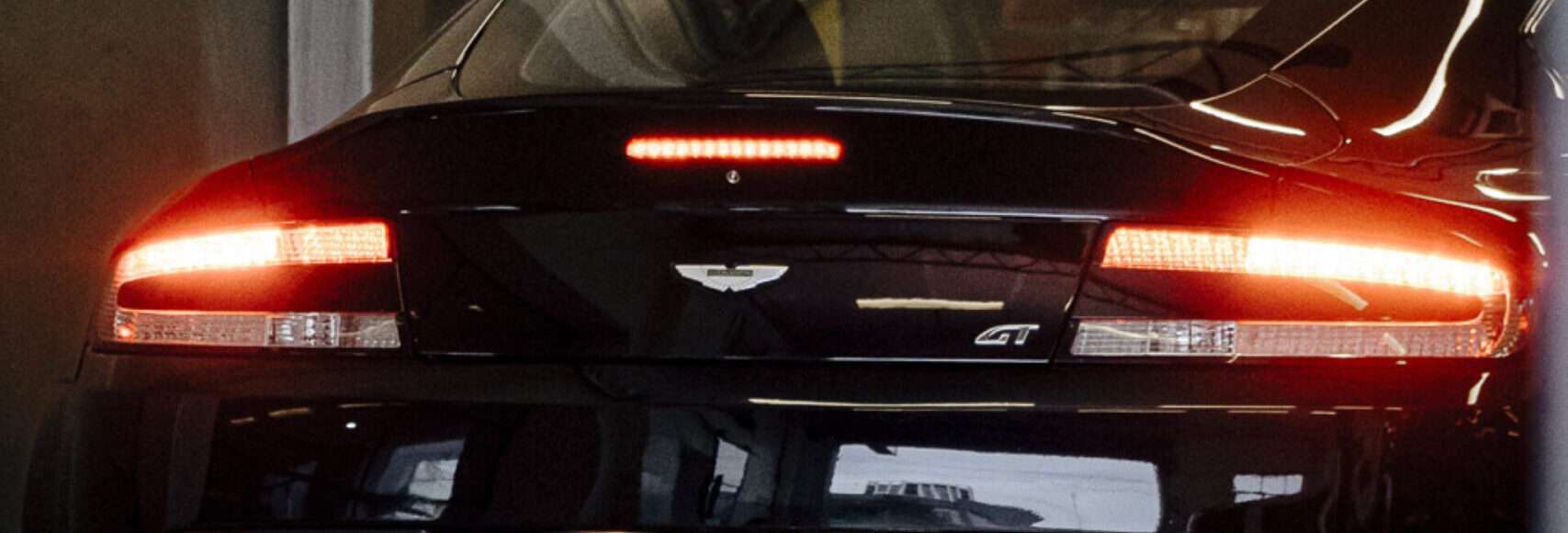Woah, slow down! It’s time to shine some (red) light on one of the tiniest – but most important – unsung heroes of car safety: brake lights.
What is a brake light on a car?
All external lights on your car are crucial for road safety; they help you see and be seen. Brake lights do the latter, illuminating whenever the brake pedal is touched to indicate to following drivers that the vehicle in front is slowing down or coming to a stop. They alert other road users to respond accordingly.
What is the difference between brake warning lights, tail lights, and high-level lights?
- Brake warning lights are found on the dashboard of your vehicle. Their purpose is to warn you if there is an issue with the operation of your car’s brakes. A brake warning indicator may illuminate for a number of reasons, including an engaged parking brake, burnt-out brake globe, low brake fluid, brake pad wear, or a malfunction with the vehicle’s anti-lock braking system (ABS). If this light appears while you are driving, find a safe place to pull over as soon as practical so you can inspect your vehicle and determine the root cause. Not sure what’s wrong? Give us a call – we’re here to help. Do not continue to drive a vehicle displaying a brake warning light if you do not understand the cause.
- Brake tail lights are found at the rear of your vehicle, alongside the tail lights. Tail lights illuminate whenever the headlights are in operation. Brake tail lights illuminate whenever the brake pedal is pressed, regardless of whether the headlights are in operation. These lights illuminate much more brightly than ordinary tail lights, allowing other road users to distinguish between the two.
- High-level brake lights are usually above the rear window. They illuminate in sync with the tail lights and are positioned higher as an additional (and more visible) alert to other road users that the vehicle is slowing down.
Why are brake lights important?
Brake lights are essential to keep you and others safe on the road; they’re not just a safety feature, they’re a crucial communication tool! They reduce the risk of rear-end collisions by alerting drivers behind you of your intention to slow down or stop. They provide important reaction time to other road users, particularly in the event of something unexpected, such as sudden braking to avoid colliding with wildlife.
They are also a legal requirement. All vehicles must be fitted with these lights, along with functional headlamps, front and rear position lamps, a number plate lamp and turn signals, to be considered roadworthy in Victoria.
How to test brake lights
Testing your brake lights is simple to do at home:
- Enlist a helper and have them stand behind your vehicle while you sit in the driver’s seat.
- Apply the brakes by pressing the brake pedal while your helper observes the rear of the car.
- Check all associated lights, including the tail lights and high-level lights.
- Repeat with headlights on to verify that the brake lights are visible in low-light conditions (it is easier to do this at night, or out of direct sunlight such as in a garage – please ensure you test with the engine off if in an enclosed space.
3 signs that you need to replace your brake lights
If your helper observes any of the following issues, it’s time to replace your brake lights or seek specialist support from us here at Cox Auto:
- Dim or flickering lights. If they appear dim or flicker when activated, you may have an issue with wiring. This lack of light can reduce the car’s visibility to other drivers, increasing the risk of accidents, so don’t delay in bringing your vehicle to us for repairs.
- Total light failure. If any of your braking system’s lights stop working altogether, it’s crucial to replace them promptly. Driving while they are not functional is not only unsafe but also illegal.
- Cracked or damaged light coverings. Physical damage to the covers of your brake lights can compromise their effectiveness. Moisture or debris may enter the housing, leading to electrical problems.
How much does brake light replacement cost?
The cost of replacing brake lights varies depending on several factors, including the make and model of your vehicle and the type of lights your braking system has. On average, you can expect to pay between $10 to $50 per bulb for standard replacement. For high-level brake lights or more complex assemblies, costs may be higher.
Leave it to us
Regular maintenance and inspection of your brakes and their lights are important to ensure they function correctly. So if your car brake lights are ‘on the blink’, bring your vehicle to the specialists. Book a service or call the workshop today. We’ll assess your brake system and other electrics and provide you with honest, reliable advice on the best course of action.
Need to get somewhere while your vehicle is being serviced at Cox Auto? As well as a fleet of courtesy cars, we offer a complimentary pick-up and drop-off service via Uber within 10 km of our centre in South Melbourne.


